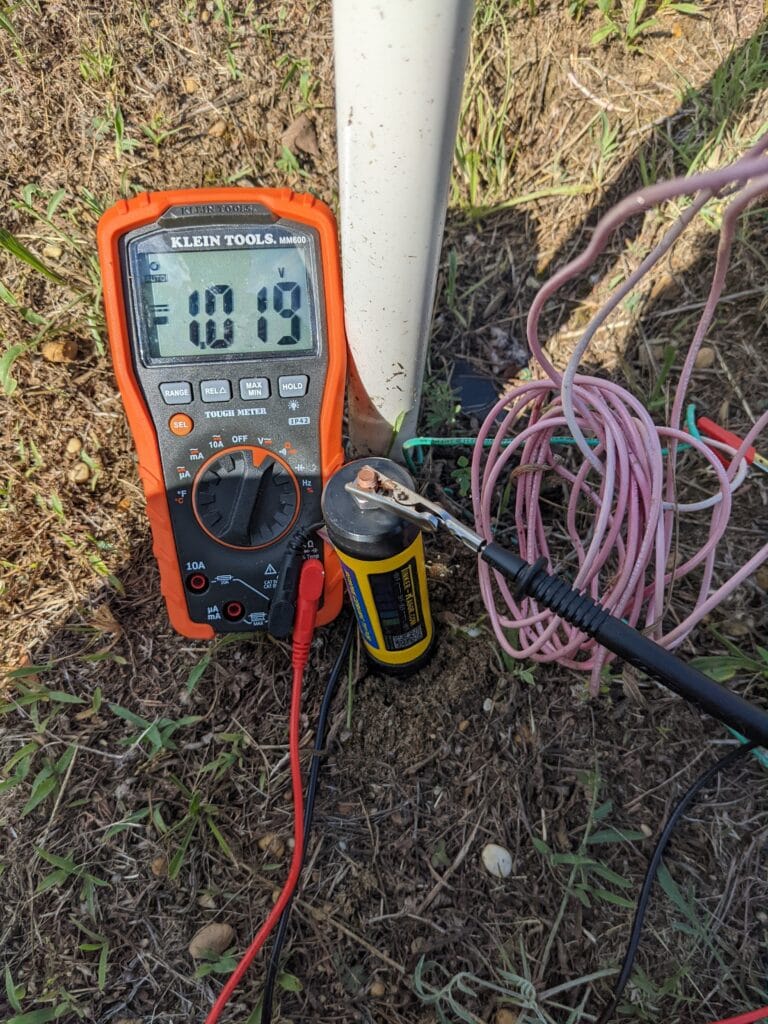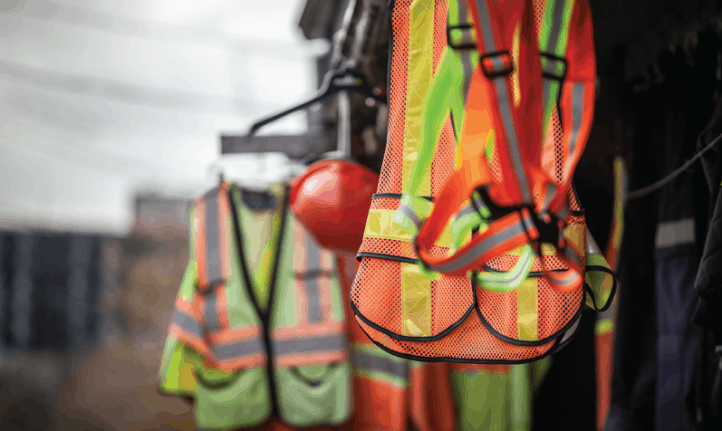The Fundamentals of Cathodic Protection
Anode, cathode, metallic pathway, electrolyte – these are the four components of a corrosion circuit. Eliminate one of them, and you will have successfully mitigated corrosion. The most intuitive way to do this is to eliminate the electrolyte or, more accurately, eliminate the interface between the electrolyte and the metal. This is why the coatings […]
The Fundamentals of Cathodic Protection Read More »










